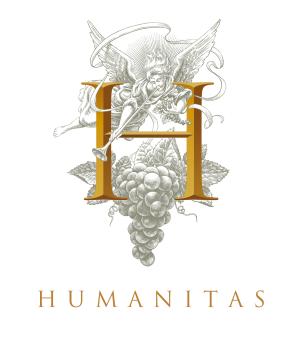Archive for December, 2007|Monthly archive page
Batali vs. The Big Mac

Gourmet food is about indulgence and eating well, not necessarily healthy, but well. Chefs use high quality ingredients in order to prepare food that tastes good. But does the average person question restaurant food the same way they do fast food? Do people calorie count when they eat a meal prepared by Mario Batali or Thomas Keller? For the most part, no. But the Wall Street Journal decided they’d do just that.
What’d they find? Well, although restaurant food (especially that prepared by Batali or Keller) is about indulging, a lot of these gourmet meals are higher (or close to the same) in calorie content and fat than McDonald’s.
It’s not just fast food that’s making us fat. Temples of fine dining are known for using heart-stopping amounts of butter, not too mention artery-clogging delicacies like foie gras and chocolate truffles.
American adults buy a meal or snack from a restaurant 5.8 times a week, on average, according to the National Restaurant Association. So we have ceded control of a significant part of our diets to professional cooks, who have no incentive to whip up healthy meals in modest amounts. They want to appease your piggish appetite, so they send out gargantuan pieces of meat with several garnishes.
So how did the WSJ test this? They chose a dish from Batali and one from Keller and compared it to a Big Mac.
For Mr. Batali, we chose his pork loin alla porchetta with “mirto,” a myrtle-spiked roulade of sausage-stuffed, butterflied pork loin. Mr. Keller’s breast of veal with yellow corn polenta cakes, glazed vegetables and sweet garlic was the dish he cooked at home for his staff a week before the French Laundry opened in 1994.
Both recipes are (just) feasible for the home cook, down-to-earth but with extra spins that send them into a higher orbit than a regular pork loin (the elegant rolling and stuffing, plus the myrtle) or veal breast (the cutting of the elegantly braised veal into circles to stack with the polenta circles).
We took the ingredient lists of both recipes and ran them through the sieve of the USDA nutritional database to get a rough idea of calorie count. Since both chefs advise you to skim off excess fat, these estimates are undoubtedly higher than a full-scale laboratory analysis would have given. But they are still lower than plenty of fast food meals.
A single portion of the Babbo pork loin totaled 558 calories in our estimate. That’s only 40 calories more than a Big Mac and way lower than the 740 calories you ingest with a Double Quarter Pounder with cheese. Mr. Keller’s veal breast and polenta clocked in higher than either McDonald’s item at 1,143 calories, though it still comes in below a Double Quarter Pounder with large fries (1,310 calories).
Although both chefs do aim to satisfy their customers’ indulgences, you’re still better off eating one of their dishes over Mickey D’s.
Oh, and if you want to give either of these recipes a try at home, head over to the original article at the Wall Street Journal.
Photo from Flickr.
Giving Spirits

‘Tis the season to buy people presents and to give to charity. Why not kill two birds with one stone?
Humanitas Wines gives 20% of your wine’s purchase price to a charity you choose from the company’s approved list, which includes Habitat for Humanity.
Humanitas is a unique winery with a very compelling story. Simply we make wine, sell it, and give the profits to charity!
Specifically, the profits go to find solutions to three very primary issues — hunger, affordable housing and illiteracy — and we’ve chosen America’s Second Harvest, Habitat for Humanity and Reading is Fundamental as our primary charities. However, we try to support whatever charity best addresses these issues community by community.
You see, at Humanitas, we don’t give the funds to the national headquarters of these charities. Rather, we give to the regional chapters in the communities where the wine was sold. In this way, by enjoying Humanitas, you are giving back to your own community!
Wines start at $18 per bottle. You can also join one of their wine clubs and give even more back! Check out the complete charity list here.
So wine with a charity is cool and all, but how does it taste you ask? According to LENNDEVOURS…
Humanitas 2006 ‘Oak Free’ Monterey Chardonnay ($16) – is a fine example of why I love unoaked chardonnay so much. The nose offers lemon, apple, and a faint hint of pineapple. On the palate, it is medium bodied and shows loads of apple flavor with just the most subtle tropical notes. There is just enough acidity to bring balance. All in all, this is a nice wine, and this definitely isn’t your typical flabby, over-oaked Cali chardonnay. 490 cases were produced.
Humanitas 2006 Monterey Sauvignon Blanc ($14) – is fresh and delicious. It’s fairly simple, but the clean, pure grapefruit and mandarin orange flavors are well balanced by acidity in a medium-bodied package. At $14 — and with screw cap closures — this is a terrific house white. Fewer than 300 cases were produced.
Ready to buy a bottle for your friends and family or your Secret Santa? Head over to Humanitas Wines and order up some bottles. You’ll be getting people drunk and giving to a charity at the same time. What more could you want?
 Comments (4)
Comments (4)






















